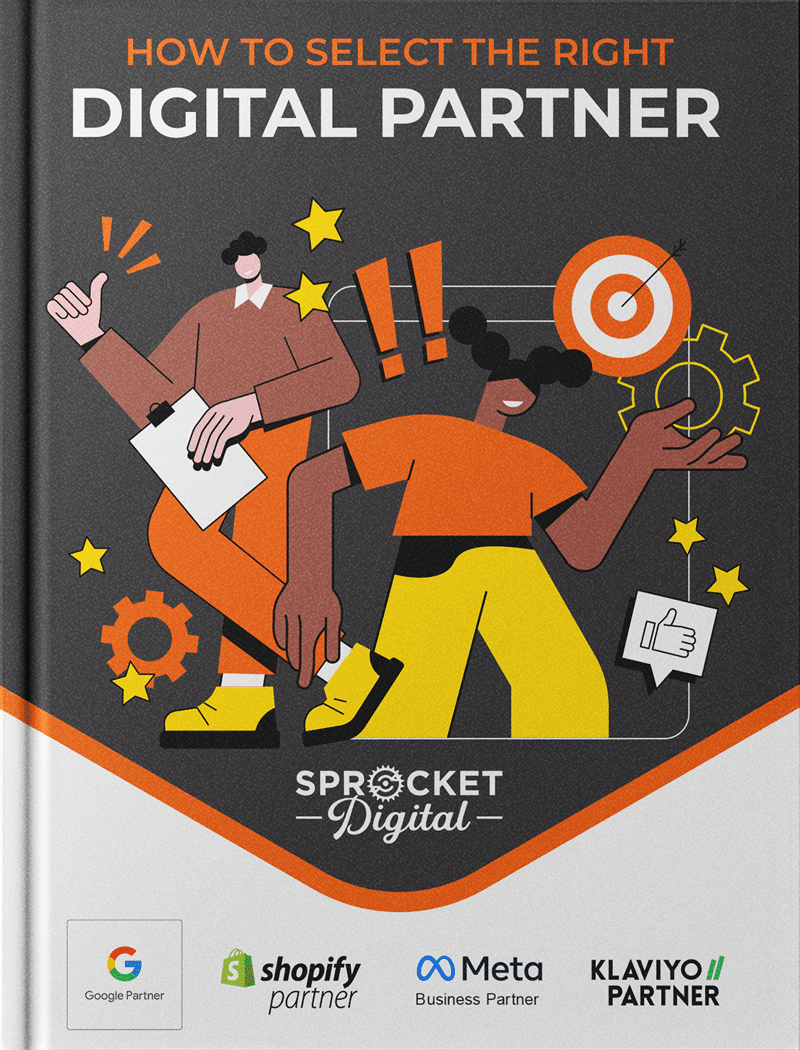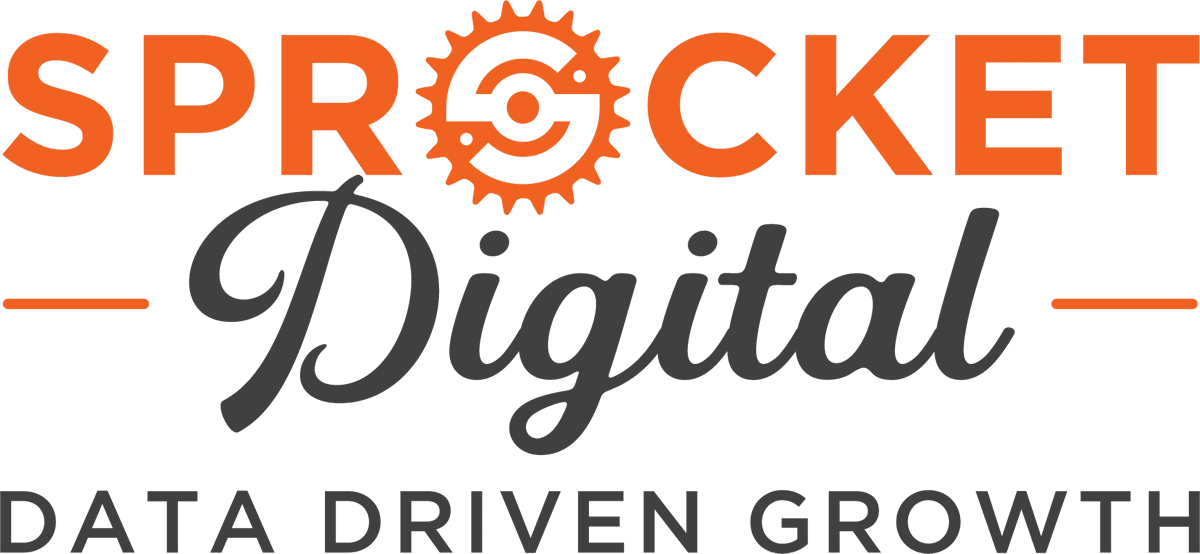What you should be doing to grow your revenue and improve your ROI with Facebook & Email Marketing
Social media and email marketing provide huge opportunities for small businesses to engage in a personal and authentic way with their audience. With most email platforms, you can segment your list so customers only receive what’s relevant to their interests and needs, further improving the user experience.
When you log into Facebook, Instagram, or your email marketing platform, it’s easy to get caught up on one big number – your followers.
You want it to be bigger, to outstrip your competitors – after all, the more people you have following you online, the more sales you’ll make, right?
Not necessarily.
In reality, the number of followers you have doesn’t mean much if they aren’t engaged. You could have 10,000 followers across your social media and email lists, but if they’re not opening your emails, clicking through your posts, or buying from your sales, then what’s the point?
To make more sales and grow your business using social media and email marketing you need engagement.
Quality over Quantity
Growing your audience online through social media and email marketing is an important foundation for eCommerce success, but only to a certain point. Over time, your focus will need to shift to keeping that audience engaged.
Ultimately, it’s the quality, not the quantity, of your followers that matters most.
On Facebook, the more engagement your posts get, the more they will be shared with a wider network of people, improving your chances of getting even more engagement (and new followers!).
When it comes to email marketing, having a large number of unengaged or inactive subscribers can actually harm your digital marketing efforts, impacting your sender reputation and email deliverability (the ability to reach your recipient’s inbox as opposed to spam).
Improve Your Engagement via Email
If your recipients aren’t opening or clicking on your emails, or if they’re bouncing back too often, email service providers such as Gmail will mark your emails as junk because they don’t want to keep delivering content that their customers don’t want to see.
This has a snowball effect, as the more people who flag or ignore your emails, the more times they get marked as junk, the bigger hit your sender reputation will receive and the fewer times your email will be delivered.
So how can you stop this from happening?
1. Confirm subscriptions with an opt-in process
A good opt-in process at the start of your email relationship confirms that your customer actually wants to receive your emails, and can avoid any immediate flagging as spam. It also ensures compliance with the Unsolicited Electronic Messages Act.
Next to your opt-in box, let customers know what they’re signing up for – is it special deals? Company updates? New releases? How often can they expect emails from you?
To take it a step further, some businesses choose to use a double opt-in process, whereby new subscribers have to confirm their email address after signup. This is great to double-check that you’ve got a functioning email address for your customer (no spelling mistakes or fake accounts clogging up your list), and also confirms that your subscribers are already engaged.
2. Segment your email lists
A good email marketing platform will allow you to segment your audiences to deliver a better, more personalised experience.
As your list grows, your customer base will become more diverse with different interests and needs. Delivering a single promotion to all of them may be ineffective or even harmful for your open rates and engagement.
However, sending hyper-relevant updates to a smaller segment of your list can dramatically increase engagement, interest and click-through; email marketers in 2019 found that segmentation increased revenue by 760%!
There are dozens of different ways you can segment your audience, for example:
- Recently opened an email vs recently clicked through an email vs hasn’t opened an email in 60 days.
- Recently purchased (last 30 days) vs purchased in the past 6 months vs purchased in the past year.
- Purchased women’s wear vs menswear, vs children’s.
Your content for each segment will differ according to their interests and activity – if someone hasn’t made a purchase for a year, what could entice them back? If someone buys from you regularly, what about a VIP email?
Personalised, relevant email marketing creates better experiences for your customers, and better engagement.
3. Work on your content
Finally, if you want people to open and engage with your email content, you have to create content they actually want to see!
Whether it’s upcoming sales, VIP offers or styling tips, find a way to add value to your customer’s lives with each email you send, and you’ll give them a good reason to look forward to your content.
Use the data you have about your customers to create content that will be relevant and interesting to them, or solve specific problems that they have. Create a subject line that will draw their interest and give them a reason to open your mail – is there a special offer inside, or some special insight they need to know?
Don’t forget to add a call to action and make sure any links within your email work, so your customers know what to click and where that will take them, and they can continue their journey on your website.
Improve Your Engagement via Facebook
The more engagement your posts get on Facebook, the more efficiently Facebook will deliver your content to a wider audience. Engagement expands your reach to your followers’ networks, as well as boosting your post in their news feed, so more people have an opportunity to see and react to your content.
So how can you encourage engagement on Facebook?
- Get to know your audience – what are their needs and how can your product add value to their lives? How can you help them with your content?
- Post consistently at the best time of day for your audience – test different days and times of day to find out when you get the best engagement, and then stick consistently to it.
- Boost top performing posts – once a post has already enjoyed some organic engagement, you can pay to boost it to a wider audience. The early organic engagement will help it to grow.
- Plan what you’re posting – is it entertaining, educational, or inspiring? Planning is key to make sure you’re posting a variety of content that supports your core business goals.
- Use great images – nothing grabs attention like a great image, especially if it’s one your audience can connect with.
- Be human – respond to each and every comment that you get, and if you ask a question, be sure to check back in and engage with people’s responses!
Growing your follower and email list size is important for small and new business, but only to a certain point – the most important metric to aim for is engagement. Finding the balance between reaching new people and engaging the ones you have can increase your ROI, improve your conversion rate, and help your business to grow long-term.



